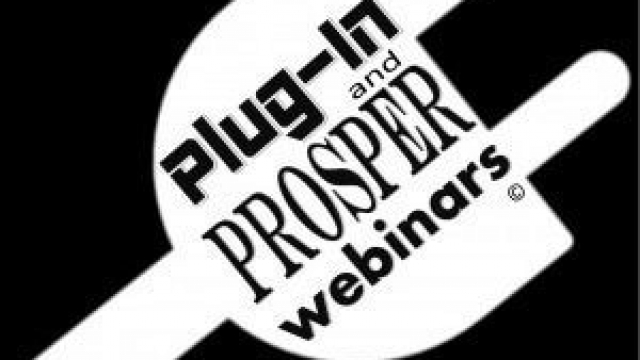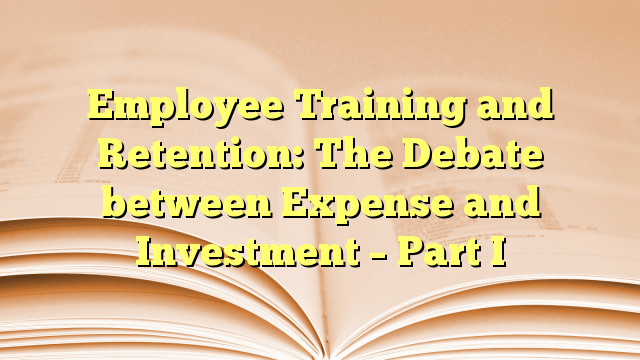 Leaving off pertinent information is why so many resumes go in the trash.
Leaving off pertinent information is why so many resumes go in the trash.
It’s difficult to balance out the amount of information presented in a resume. With the shorter attention spans today, it’s important to get to the point. You don’t want to bog the reader down with reams of useless information — but you also need to make sure you include vital information that demonstrates why you are worthy of further consideration. You can’t just cut your resume down for the sake of word count.
Make Sure Your Resume Includes Pertinent Information
While there are many areas this tip could apply to, let’s focus on past employment. As a hiring manager, this is the first area of a candidate’s resume that I look at. I want to see if the candidate has any related work experience, and I want to see how stable their employment history is.
Most hiring managers are looking for long-term employees, and stability is important. Despite that, I receive more resumes today than ever before with tenures of five months here, four months there, and seven months here, with no explanation. Short job tenures are not bad in and of themselves, but without an explanation of some kind, the worst is assumed. I will usually not waste my time doing a simple phone screen — and definitely not an in-person interview — with a candidate that has a history of unexplained short-tenured positions.
Case in Point: A good friend of mine found herself unemployed at the end of 2013 due to staff cuts resulting from her company being bought out. Her unemployment dragged on for about six months, with very little activity.
After looking at her resume, I figured out why. She had a stable work history with three companies up until 2009, averaging eight years of tenure at each business. Then, after 2009, she had six jobs in a couple different industries. It was no wonder she was not getting any calls: It looked as if something had happened to make her very unstable in this period.
My friend had been employed in the building material industry for her entire career. Beginning in mid-2006, the housing slow down led to tough times in that industry. My friend had been laid off or downsized in company buyouts or mergers four times during this period. She was also a single mother and had to take a few part-time jobs to pay her mortgage and put food on the table.
 Just looking at her resume, you could not tell any of this. It looked as if something had gone haywire and hiring managers were reluctant to even call her. Don’t expect that a hiring manager is going to take the time to try and connect the dots on your resume. That’s not their job. It’s up to the candidate to try and fill in any holes in their own resume.
Just looking at her resume, you could not tell any of this. It looked as if something had gone haywire and hiring managers were reluctant to even call her. Don’t expect that a hiring manager is going to take the time to try and connect the dots on your resume. That’s not their job. It’s up to the candidate to try and fill in any holes in their own resume.
The Proof Is in the Details
My friend went back and filled in all the gaps on her resume by including the reasons why she separated from each company. Within in the first few days of using this updated resume, she began getting interviews and job offers worthy of her experience and talent. Within a month, she was hired by a leading specialty building material supplier.
My friend didn’t change anything about her fragmented work history. All she did was add a little explanation. This had the tremendous benefit of helping hiring managers — especially those that lived through the difficult economic times — understand why her resume looked the way it did.
Are You Explanations Satisfactory?
There are many satisfactory explanations for short job tenures — they just need to be noted for busy hiring managers to quickly and easily see them. The shaky economy of the last few years has increased the number of downsizings, closings, and mergers, all of which have resulted in many layoffs.
Similarly, some positions are, by nature, contract- and project-oriented. These roles will result in job changes every six months or so, but not because you are an unsteady or troubled employee.
Furthermore, there are also those younger adults who have been working internships to try and gain experience in various careers. In today’s new economy, there are also those part-time and stopgap positions that employees need to bridge the gap between permanent, full-time positions.
 Just remember that having multiple short-tenured positions is not the kiss of death — if you take the time to provide a short explanation for your limited tenure, that is. It need be no more than a few words under the job title, such as “contract position,” “internship,” “temporary work,” “layoff,” or whatever the situation was.
Just remember that having multiple short-tenured positions is not the kiss of death — if you take the time to provide a short explanation for your limited tenure, that is. It need be no more than a few words under the job title, such as “contract position,” “internship,” “temporary work,” “layoff,” or whatever the situation was.













